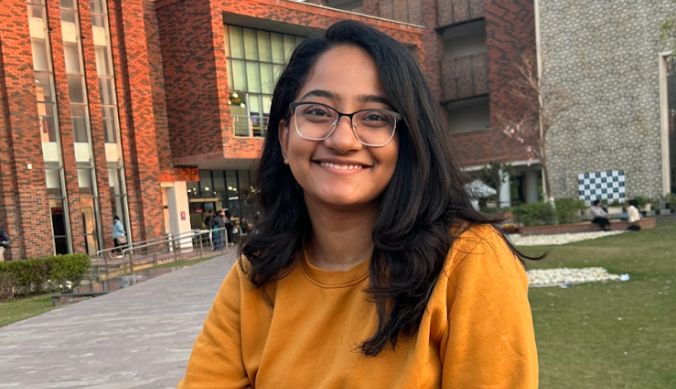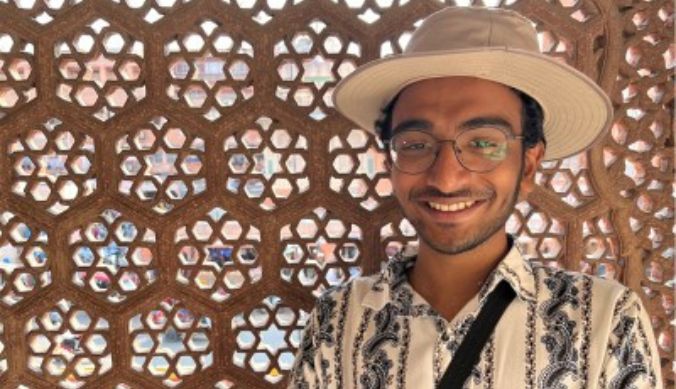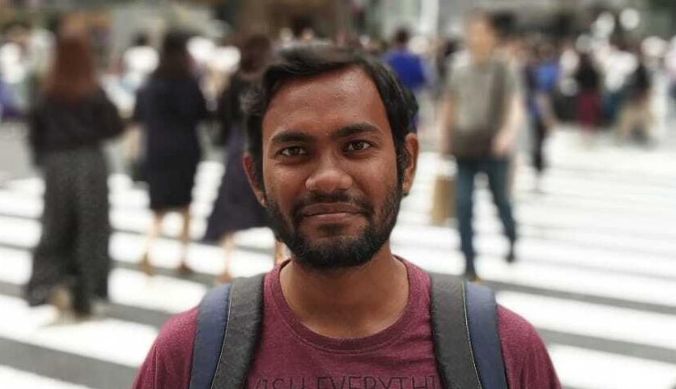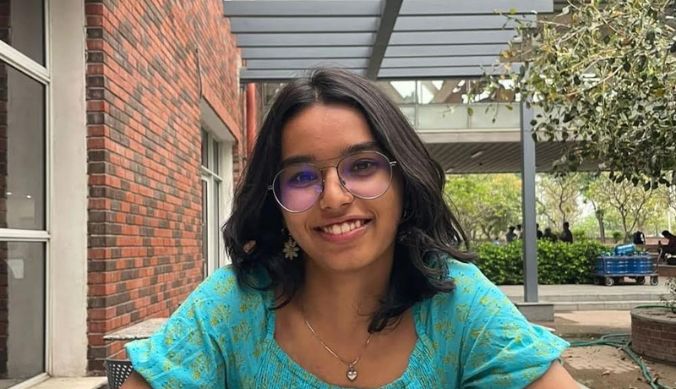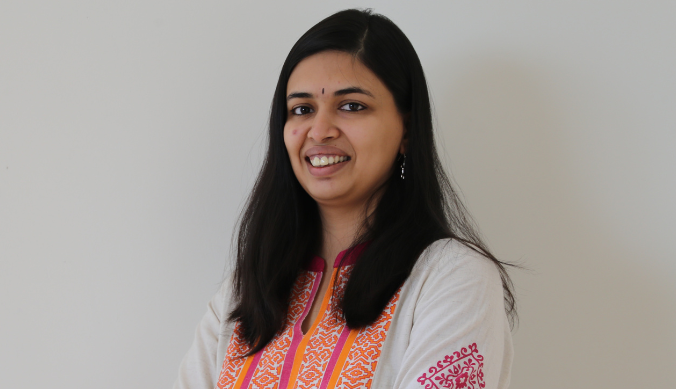Sikh Memorials for 1984
Kanika Singh, Director, Centre for Writing and Communication, Ashoka University, writes about her research that explores the dynamics of Sikh memorialisation in India

Kanika Singh
8 January, 2024 | 4m readPublic history is a well-established discipline globally. However, there is relatively little scholarship in this field in India and South Asia (critical studies on museum and heritage politics, in particular). My research focuses on museums and memorials built by the Sikh community in India, and how Sikh heritage is produced and consumed in popular ways through visual culture, museums and heritage-related projects.

The Sikh case is particularly worthwhile for our attention: a large number of Sikh museums and memorials have been built in independent India. These monuments to Sikh history are commissioned both by religious groups (like the gurdwara committees) and by governments (especially in Punjab, Haryana and Delhi). The first of these was the Central Sikh Museum in the Golden Temple, Amritsar, built as early as 1958. The more recent and prominent ones include the Guru Tegh Bahadur Memorial (Singhu border, Delhi) and the Virasat e Khalsa (Khalsa Heritage Complex, Anandpur Sahib). The question of Sikh identity, the recognition of its history and the community’s place in the Indian nation-state have been key questions influencing Sikh politics in independent India.

And, these issues find expression in the popular culture, museums and memorials of the Sikhs. New projects commemorating Sikh history continue to be announced.
My article, “It is a Gurdwara, Not a Memorial.”: The Politics and Aesthetics of Sikh Memorials of 1984, looks at two memorial projects which commemorate victims of the violent events of the year 1984. In June 1984, the Indian government ordered an army operation in the Golden Temple, Sikhism’s holiest shrine, which caused massive damage to the sacred complex and a large number of casualties. In a related series of events, November 1984 saw targeted killings of Sikhs in major cities of North India, including Delhi. The Sikh community remembers 1984 with great anger and a deep sense of hurt. It is only recently that the Sikhs have built memorials to remember these events. Gurdwara Yaadgaar Shaheedan (Gurdwara Martyrs’ Memorial) was built in the Golden Temple complex, Amritsar, Punjab in 2013, and the Wall of Truth: Sikh Genocide Memorial was inaugurated in Gurdwara Rakabganj, New Delhi in 2017. While both memorials commemorate related events and are built by the same group of people, they differ completely in the choice of nomenclature, design and even the justification given for their creation. One is in the form of a Sikh shrine, justified exclusively in religious terms, and the other draws upon global templates for the memorialisation of atrocities. This paper discusses the differences between these memorials and their relevance in the memorial politics of contemporary India.
Reference Article:
Kanika Singh (31 Oct 2023): “It is a Gurdwara, Not a Memorial.”: The Politics and Aesthetics of Sikh Memorials for 1984, South Asian Studies, https://doi.org/10.1080/02666030.2023.2270839







